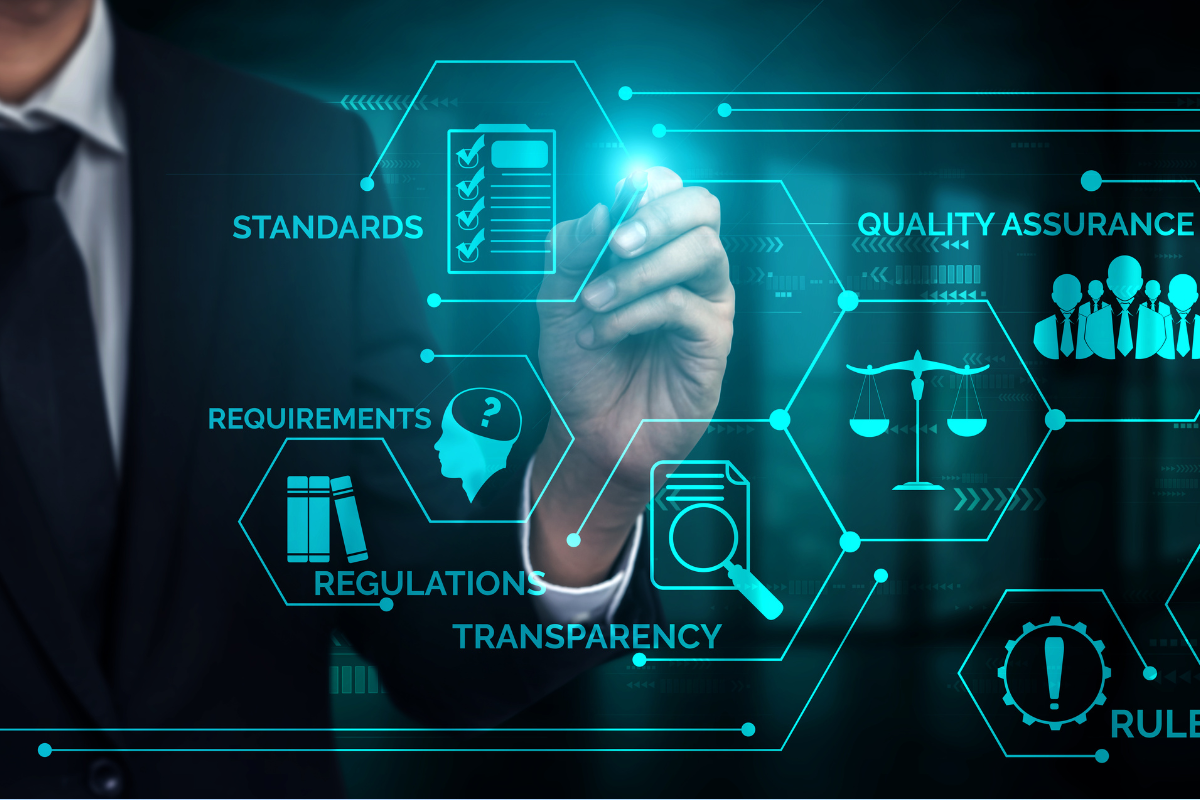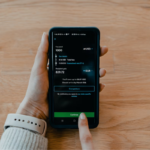As we entrust more of our financial activities to online platforms, there is an urgent need to protect our sensitive data.
The modern era sees a rise in sophisticated cyber-attacks aiming to exploit vulnerabilities and seize confidential information.
While a fintech software development company can build robust and secure platforms, each and every individual and company that uses FinTech solutions should be aware of potential threats and ways to mitigate them.
That’s why in this post, we want to share the best practices and recommendations on how corporations and individuals alike can safeguard their financial data.
Post Contents
The Current Landscape
Every day, the FinTech market welcomes a host of new applications and tools that make financial transactions easier, faster, and more user-friendly.

However, this rapid pace of development is a double-edged sword. It offers convenience, but at the same time, it creates potential vulnerabilities that cybercriminals will be more than glad to exploit.
And that’s the case, as with the growing online financial activities, we’ve witnessed an increase in fishing, identity theft, and financial fraud.
Consequently, it becomes imperative to take cybersecurity seriously, not as an afterthought.
Organizations and individuals should adopt state-of-the-art security measures to protect sensitive information from falling into the wrong hands.
It is a race where you should stay one step ahead of those who seek to undermine the security of our financial systems.
The Protective Measures
To strengthen your financial data fortress, these are essential measures and strategies to employ:
Encryption: The First Line Of Defense
In an environment where data flows constantly, encryption stands as a bulwark against its unauthorized access.
Think of encryption as the FinTech’s personal bodyguard, ensuring that financial data, even if intercepted, remains undecipherable to those without the appropriate keys.
This coded language ensures that transactions, communications, and stored data, when moving through the vast corridors of the digital universe, are shielded from prying eyes.
Multi-Factor Authentication (MFA): Double-Checking Identities
If encryption is our bodyguard, then MFA is the stringent bouncer checking for credentials at the entrance of our data sanctuaries.
By demanding more than just a password—be it biometric data, a unique code, or a physical device—MFA makes unauthorized access exponentially more difficult.
In a space as sensitive as FinTech, anything less than MFA is tantamount to leaving the door ajar.
Regular Updates and Patches: A Commitment to Evolution
The digital arena is always in flux. The tools and techniques of cyber adversaries evolve daily.
Hence, resting on one’s laurels or relying solely on past security measures is not just imprudent—it’s dangerous.
By ensuring that systems and software undergo regular updates and patches, one remains ahead in this ceaseless game of cat and mouse, effectively inoculating themselves against known vulnerabilities.
Employee Training: Human Vigilance In A Digital World
It’s often said that the most significant vulnerability in any system is the human element. Employees, whether unwittingly or due to lack of knowledge, can be the weakest link.
Training sessions are not mere corporate exercises; they’re the fortification of human judgment against manipulation tactics like phishing and social engineering.
In the theater of FinTech, this equips them to identify threats and act as vigilant gatekeepers.

Compliance and Regulations
Regulations such as the General Data Protection Regulation (GDPR) in Europe and the California Consumer Privacy Act (CCPA) in the US are designed to protect consumer data and impose stringent penalties for non-compliance.
It means adopting a transparent approach to handling user data and ensuring that it is treated with the utmost confidentiality and security.
The Role Of Artificial Intelligence In Cybersecurity
Many CIOs recognize that Artificial intelligence (AI) is of great help in protecting their systems and data.
No wonder, as AI can analyze patterns and detect anomalies in data behavior that are potentially early indicators of a cyber threat.
So, it helps you spot issues before they grow into serious breaches and lets you take a proactive approach to cybersecurity.
Also, you can use AI to automate responses to common threats and free up staff to focus on more complex tasks.
Knowledge Sharing and Awareness
You can’t ensure decent protection of your financial data alone. On a company scale, you should make sure everyone, from top management to employees, adheres to security policies and protocols and knows what to do in the case of cyber incidents.
Sharing knowledge and best practices and arranging security training for your staff will improve your company’s defense against cyber threats.
The Bottomline
Cybersecurity and financial data protection are vital in the rapidly advancing FinTech domain. The strategies outlined in this post are essential tools for maintaining a secure and trustworthy environment.
They help you take a proactive approach to strengthening the safety of assets and personal details in the digital space.
As we adapt to the conveniences brought by FinTech, it should be our shared responsibility to be careful with our financial data and prioritize security in our choices and actions.






























